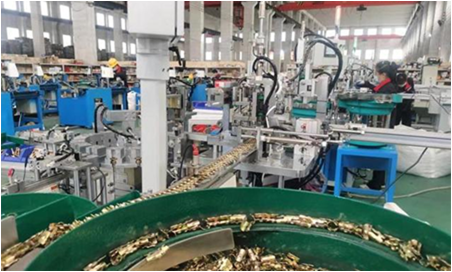dec. . 28, 2024 18:29 Back to list
conduit beam hangers
Understanding Conduit Beam Hangers A Comprehensive Overview
Conduit beam hangers play a crucial role in the construction and electrical installation industries. They are designed to support conduits, which carry electrical wiring and plumbing systems in both residential and commercial buildings. This article aims to provide an extensive understanding of conduit beam hangers, their types, materials, installation methods, and significance in ensuring safety and efficiency in electrical installations.
What are Conduit Beam Hangers?
Conduit beam hangers are specialized brackets or support systems that hold electrical conduits securely in place along beams, ceilings, or other structural elements of a building. These hangers ensure that the conduits are properly aligned and minimize any movement that could lead to damage or safety hazards. By providing essential support, they help maintain the integrity and longevity of the electrical systems.
Types of Conduit Beam Hangers
There are several types of conduit beam hangers, each suited for different applications and conduit sizes. The most common types include
1. Straight Beam Hangers Ideal for horizontal installations, these hangers provide a straightforward method to attach conduits directly to ceiling beams or walls.
2. Adjustable Beam Hangers These hangers feature adjustable features, allowing for variations in conduit size and installation preferences. They are particularly useful in situations where flexibility is needed.
3. Ceiling-mounted Hangers Designed specifically for ceiling applications, these hangers provide robust support for conduits running parallel to the ceiling, ensuring they remain securely in place.
4. Strut Channels Although not traditional hangers, strut channels offer a versatile solution for supporting various electrical and mechanical systems, including conduits. They can be customized to fit different installations.
Materials Used
Conduit beam hangers are typically made from durable materials such as
conduit beam hangers

- Steel Known for its strength and resilience, steel is the most common material used for beam hangers. Galvanized steel options are popular due to their corrosion resistance, making them suitable for outdoor or damp environments.
- Aluminum Lightweight and corrosion-resistant, aluminum hangers are another option that is commonly used in various installations, especially where weight considerations are essential.
- Plastic For lighter-duty applications or in environments free from extreme conditions, plastic hangers may be an option, though they are less common due to their limited load capacity.
Installation and Best Practices
Installing conduit beam hangers requires careful consideration to ensure safety and compliance with electrical codes. Here are some best practices for installation
1. Planning Before installation, assess the layout of the conduits and determine the optimal locations for hangers to ensure even support and minimal strain on the conduits.
2. Spacing Follow guideline spacing based on the size and type of conduit being used. Proper spacing is vital to prevent sagging and potential damage over time.
3. Secure Attachment Use appropriate fastening methods (screws, bolts, etc.) to attach the hangers firmly to the beams or structural components. Regularly check connections to preemptively address any wear or loosening.
4. Compliance Ensure that the installation meets local building codes and regulations to maintain safety standards and avoid potential hazards.
Conclusion
Conduit beam hangers are indispensable for achieving a safe and efficient electrical installation. By understanding their types, materials, and best practices, contractors and engineers can ensure the reliability and durability of wiring systems. Investing time in proper installation and maintenance of these support systems will lead to safer buildings and fewer electrical disruptions.


